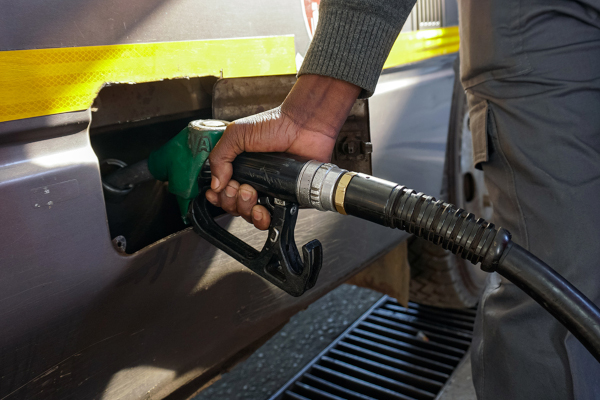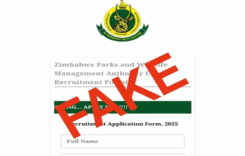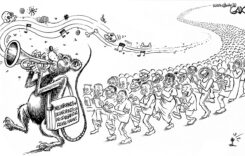The Minister of Energy and Power Development, Edgar Moyo, declared that all petrol sold in the country must be blended with ethanol before retail. A proclamation stemming from Statutory Instrument 150 of 2024 Petroleum (Mandatory Blending of Anhydrous Ethanol with Unleaded Petrol) (Amendment) Regulations, 2024 (No. 6). This factsheet unpacks the implications of the Statutory Instrument for motorists in Zimbabwe.
Types of petrol sold in Zimbabwe
Before the passing of Statutory Instrument 150 of 2024, fuel service providers had been selling blended and unleaded petrol to their customers.
In Zimbabwe Leaded fuel was phased out in 2006, but blending with ethanol has been compulsory since 2011 as part of national measures to encourage use of biofuels.
What is blended petrol?
When petrol is mixed with ethanol ranging from E5, 10, 15 and 20 depending on the approved prevailing specification. E-20 blended petrol is the lowest classification of true blended petrol that contains 20% ethanol and 80% gasoline.
What motivated the switch to blended petrol?
The switch to blended petrol was influenced by a number of reasons which include: to save on foreign currency, the need for a reduction in Zimbabwe’s petroleum imports and carbon footprint, generating an extra market for sugarcane farmers and in turn creating new jobs for those in the value chain.
Is it safe to use blended petrol in my vehicle?
Biofuel and energy company Green Fuel revealed that Ethanol blends up to 25% (i.e. 25% ethanol, 75% unleaded petrol) can be safely utilised in all petrol vehicles without any modification.
Tests on E15 and E20 have included vehicle drivability, catalyst durability, impact on fuel pumps and sending units, onboard diagnostic systems and automotive fuel system components. These have all concluded that there is no problem with using E15 and E20 blends in petrol vehicles and there is no need for vehicle modification or adjustment.
What are the disadvantages of ethanol blended fuels?
- Fuel phase separation, which happens when components of fuel separate and sit in layers in a petrol tank, possibly causing major damage when the engine is started – a huge concern for classic car owners that don’t drive their car on a daily basis, and something that can only be solved by emptying and cleaning your fuel system
- Ethanol absorbs water – something that should not be in an engine
- Using an ethanol-fuel blend poses the risk of plastic warping or cracking, as well as engine part rust.
How do higher blends affect mileage?
Ethanol has a higher octane than unleaded fuel and so gives the car more power, as a result, it burns slightly quicker than unleaded.
What are the benefits of unblended fuels?
- Fuels that do not contain ethanol or oxygen offer better mileage and have a higher calorific (energy) content
- No risk to your engine; no risk of rust, warping, corrosion, cracking or polluting your fuel system – meaning less money spent on maintenance or repairs
- Fuels with a higher-octane rating have longer hydrocarbon chains (the chemical components of which the fuel is made) and burn more slowly, reducing the chances of premature detonation – no engine knock
- Pure fuels burn more cleanly, meaning less residue in your fuel and engine system
- High-grade fuel is best for high-performance engines
Sources
https://www.veritaszim.net/node/7164
Related Content
Do you want to use our content? Click Here












